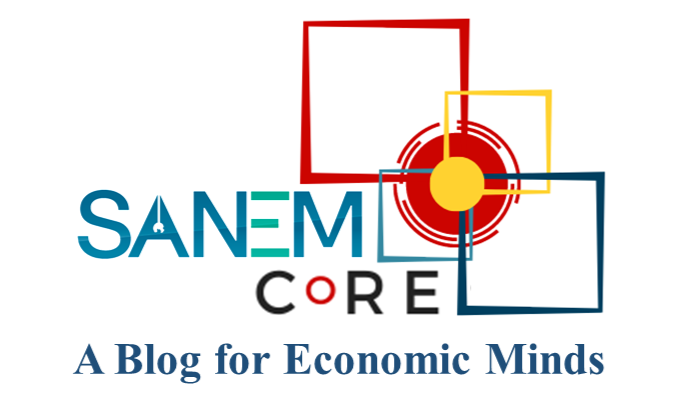Bangladesh presents a complex picture regarding gender equality, with notable achievements alongside persistent challenges. There are several laws and policies for women empowerment, including constitutional provisions. To progress this women empowerment agenda in the context of the changed political perspective, the Women’s Affairs Reform Commission in Bangladesh has submitted the report on April, 2025. The report was prepared by a ten-member commission, which was originally formed on November 2024. This report included 443 proposals across 17 chapters covering 15 thematic areas, aiming to address discrimination against women and promote equality.
The report is quite comprehensive, and covers various aspects, such as constitution and laws, institutional arrangements and national organizations, decentralization and local governance issues, gender-based violence, political participation in national and local level, participation in public administration, education, technology and upskilling, health, economic participation and right to inheritance, labor and employment, migration, social protection, depiction in print and electronic media, participation in sports and cultural activities, and gendered impact of climate change.
According to the data published by BBS in 2024, lifetime intimate partner violence (IPV), where ‘intimate partners’ are defined as current or former husbands, prevalence remains high at 70 per cent. Furthermore, the rate of IPV in the past 12 months was 41 per cent. On that note, the report has shed light on critical issues such as recommendation for criminalization of marital rape and recommendation for marital age to be 18 years without any exception. These are steps towards the right direction due to the prevalence of gender-based violence and child marriage in Bangladesh.
The report rightly addressed the issues of lack of day care centers in the community level, challenges faced by informal sector workers, lower representation of female students in STEM based education, lack of sex-disaggregated data and monitoring and evaluation process in various spheres etc. The report discussed in detail the women’s labor force participation, participation in policymaking process, and proposed various recommendations. However, the gender-responsive budgeting requires proper impact assessment to ensure that the perceived benefit is being realized, which could have been mentioned in the report.
Furthermore, many of the recommendations mentioned in the report will help the vast majority of the population, specifically the marginalized ones. Some of these recommendations are also overlapping with the other reports, which is the reiteration process of the extremely crucial issues. For example, mitigating the exclusion and inclusion errors of the social security programs, strengthening classroom-based education system instead of coaching dependent one, and strengthening the primary healthcare system etc. Mandatory six-months of maternal leave and two weeks of paternal leave is another timely reform proposition, which will increase female labor force participation, and quality of life of working women.
While the report tried to address important issues mentioned above, some of the recommendations required further discussions among relevant stakeholders. For instance, the pathway to increase women’s participation in politics requires more nuanced approach and consensus with the constitutional reform commission. The women reform commission suggests a 600 seats parliament, where 300 seats will be reserved for women. However, the present 50 reserved seats system is already tangled with problems such as not representing a specific constituency directly, and having overlapping responsibilities with the elected members of parliaments. Without solving the fundamental and pre-existing issues with the reserved seats that are hindering proper participation in political sphere as intended, addition of new seats will not achieve fruitful advancement. Also, these affirmative actions require simultaneously adequate monitoring and evaluation.
Furthermore, the proposition of standardizing women entrepreneurs’ certification system requires more clarification.
Moreover, the report has not properly prioritized the feasible changes. For instance, much of the contested reforms require more grassroot level campaigning and may not be implementable though mere top-down approach.
Also, the burning question will be the implementation process of these reforms. Majority of the reform issues mentioned in the report has been long discussed, and in some cases, has been present in paper. Regardless, there is considerable institutional weakness hindering the implementation process of the present laws and policies. Such weakness can be solved only through political will, which should not be an issue given the changed circumstances which initiated this report as well. On the other hand, there is considerable disagreement regarding some recommendations, which need to be further clarified to mass population to correct the misconceptions.
Finally, reform will be only meaningful when it is representing the needs and desires of the female population of the country. So, gender reform will have to be incorporated in the reform agenda. The women reform commission report, a step towards gender-related reforms, has gained considerable amount of attention and initiated some crucial discussions. While all the recommendations from the report might not be implemented, even partial implementation will pave the way forward to gender equality in Bangladesh.



RECENT COMMENTS